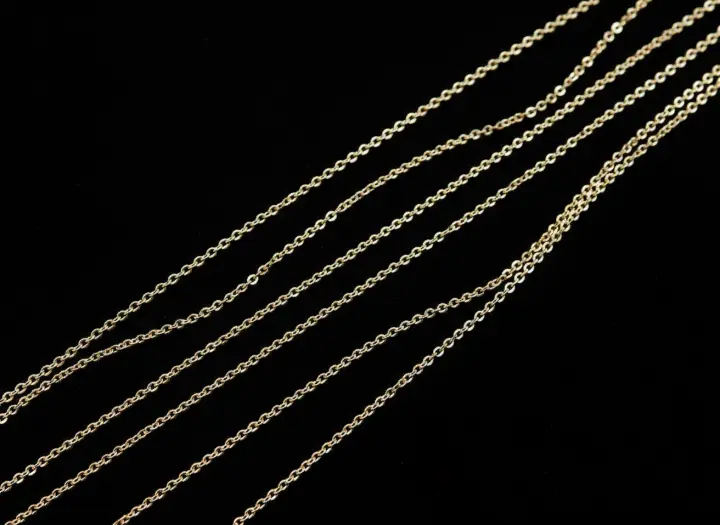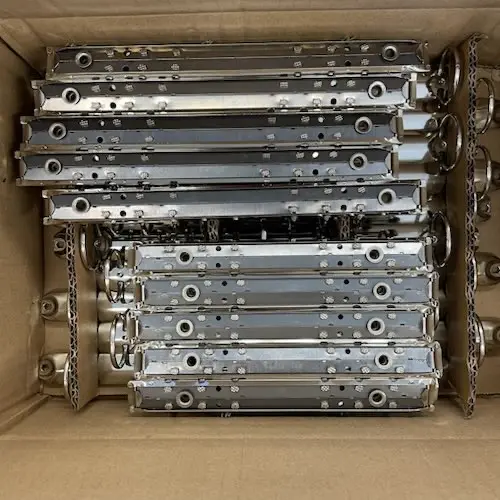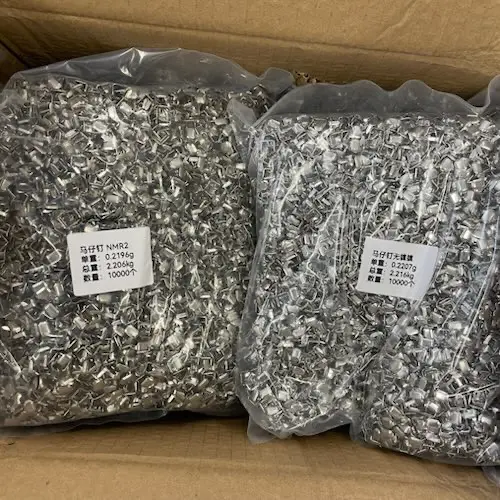about 1500 words · 3 min read
By Nikka Industrial Limited · August 15, 2025
Introduction
In recent years, ESG (Environmental, Social, and Governance) has evolved from a buzzword to a core strategic pillar for global luxury groups. Major fashion houses are actively rethinking their sourcing, manufacturing, and supply chains to reduce environmental impact while preserving their heritage of craftsmanship and quality.
For handbags, luggage, and leather goods, hardware is more than a functional detail — it is one of the first touchpoints consumers experience. As a result, hardware has become a key focus for sustainable innovation in the luxury sector.
At Nikka Industrial Limited, we have been at the forefront of luxury hardware manufacturing since 2008, helping premium brands in Europe, North America, and Australia achieve both design excellence and sustainability goals.

1. The Rise of Recycled Metals
Replacing virgin metals with recycled alternatives is one of the most effective ways to reduce carbon emissions without sacrificing durability or beauty.
Recycled Brass & Stainless Steel:
These materials retain their original luster and mechanical strength while cutting down on energy-intensive mining.
Circular Economy Benefits:
Recycling significantly lowers the environmental footprint by reusing existing resources instead of extracting new ones.
Luxury Applications:
Recycled brass is ideal for bag clasps, buckles, and zipper pulls, while stainless steel excels in high-stress components such as handles and strap connectors.
2. Low-Impact Surface Treatments
Surface finishing plays a crucial role in the aesthetic and tactile qualities of hardware — but traditional processes can be pollutive. The new generation of eco-conscious finishes offers both visual appeal and health benefits.
Nickel-Free Plating:
Eliminates a common allergen, making products more skin-friendly while complying with stricter EU and US regulations.
Water-Based Coating Technology:
Replaces solvent-based paints with water-based systems, drastically reducing VOC (volatile organic compound) emissions.
Sustainable Electroplating Solutions:
New bath chemistries minimize heavy metal waste while maintaining a luxury-grade finish.
3. Global Luxury Brand Case Studies
The adoption of sustainable hardware is no longer limited to niche eco-brands — it is becoming the industry standard.

LVMH’s Eco-Alloy Initiative:
The group is investing in proprietary alloys that combine recycled metals with reduced-environmental-impact finishes.
Conclusion
Sustainability is not just an environmental responsibility — it is a value driver that strengthens brand identity, fosters consumer trust, and commands premium positioning in the market.
For luxury brands, integrating recycled metals, low-impact finishes, and responsible manufacturing processes into hardware production is no longer optional — it is a strategic necessity.
At Nikka Industrial Limited, we provide OEM and ODM solutions that meet the highest luxury standards while embracing sustainable innovation. Our vertically integrated production ensures <0.5% defect rates, 98% on-time delivery, and full customization in materials, finishes, and design — all while supporting your ESG goals.










Sustainable Materials Trends in Luxury Fashion Hardware